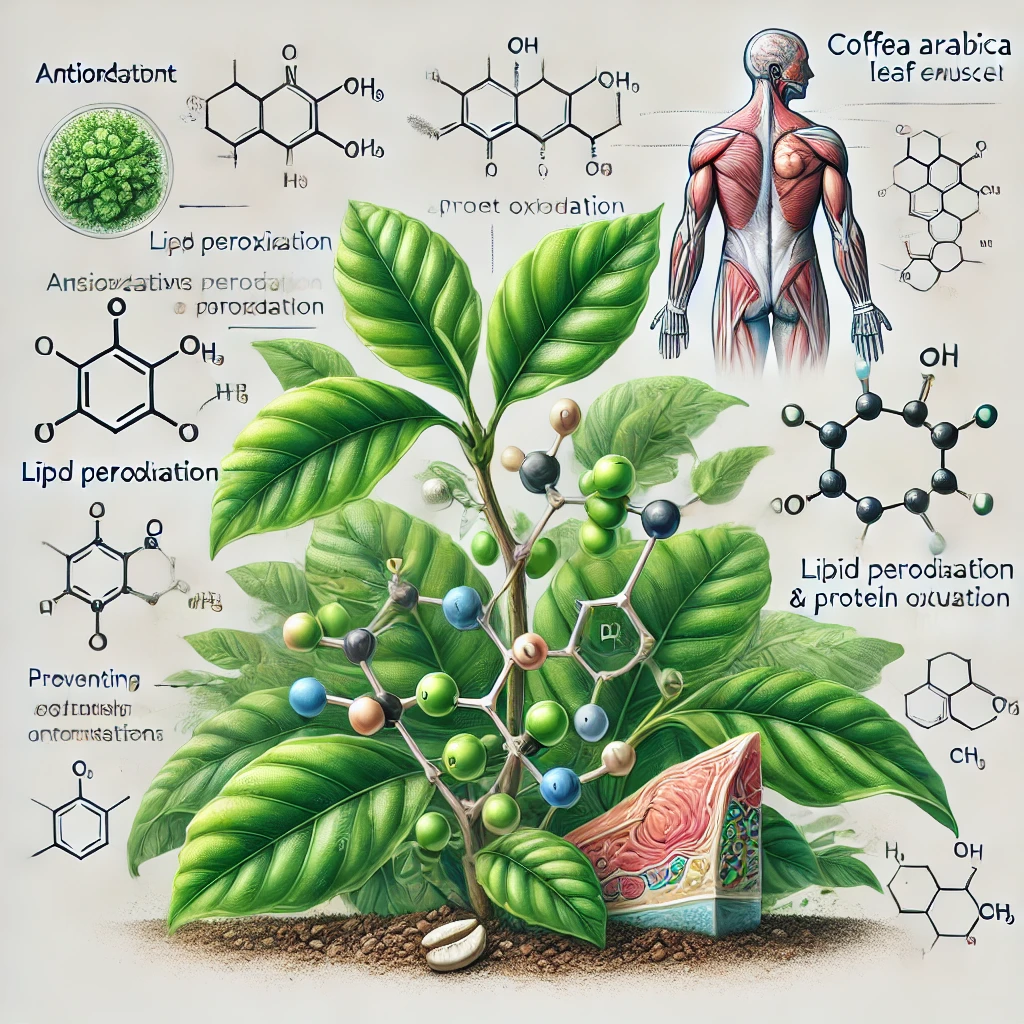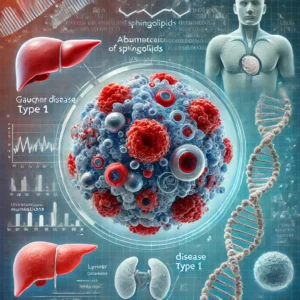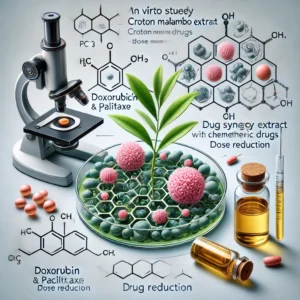Antioxidant potential of Coffea arabica leaf extract on lipoperoxidation and protein oxidation in a bovine muscle model
This study demonstrated the ability of the methanolic extract of Coffea arabica leaves to inhibit lipid and protein oxidation compared to the hydroalcoholic extract. Both extracts demonstrated a significant antioxidant capacity, with the EM extract showing higher concentrations of phenolic compounds and flavonoids and greater efficacy in inhibiting the DPPH radical.








